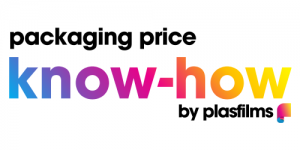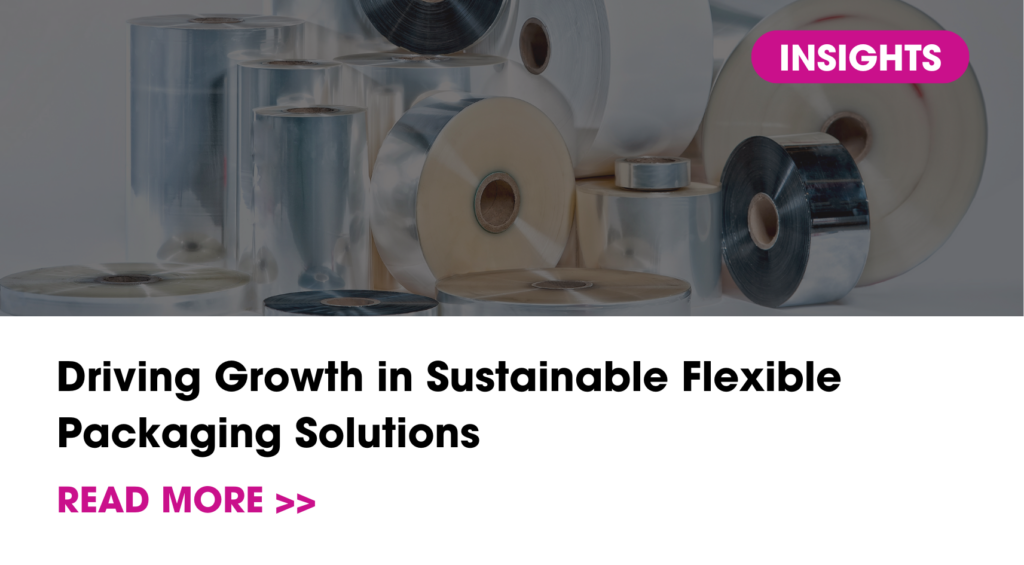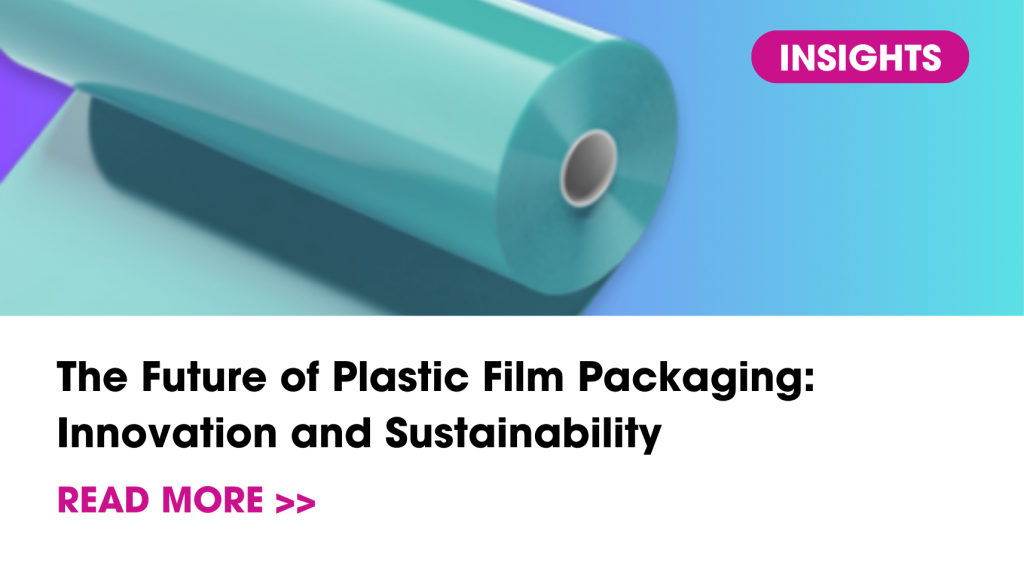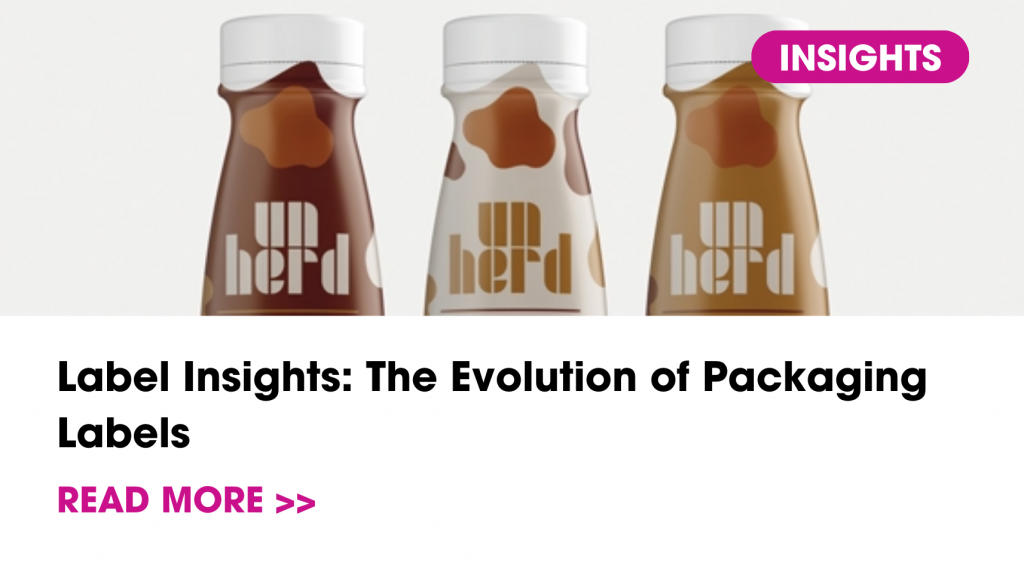
Packaging Price Know-how
May 2024
Skip to:
Overview
Prices in the polymer market look somewhat rangebound. Much that sellers would like to increase prices to cover increased feedstock costs, and the expense of shipping goods around the Cape of Good Hope, in order to avoid the terrorist issues affecting the Red Sea route, buyers appear to be able to secure materials at favourable prices. Perhaps, what is noticeable is that many of the low-price bargains have disappeared from the market and this has caused the Polyolefin and Styrenics baskets to tick up slightly.
A potential exception in this situation is PP, where the combination of restricted feedstock, and limited availability of the more specialised grade slate, which tends to be more oriented to European polymer production, may give sellers strong enough supply/demand fundamentals to push through further increases. The tighter supply of PP may be situation that the market may have to adjust to, as the increased penetration of US origin PE, will dampen demand for EU produced ethylene from expensive Naphtha, from which C3 is a co-product for PP production.
There is some suggestion that packaging markets are starting to improve, as destocking throughout the whole supply chain finally starts to ease.
Crude oil prices look set to increase further with some players forecasting that Brent Crude could soon hit $95 per barrel, on the back of supply concerns. Clearly further crude oil cost increases are likely to be reflected in feedstock costs, which in turn will place inflationary pressure on polymer producers.
Monomer Price Movement
Feedstock
Price per Tonne
Change (contract)
C2 (Ethylene)
£1,260.00
£40.00
C3 (Propylene)
£1,145.00
£45.00
SM (Styrene Monomer)
£1,821.00
£44.00
Benzene
£1,268.00
£37.00
Brent Crude (monthly average)
£501.53
£18.00
Exchange Rates
€
1.17
$
1.27
€/$
1.09
Oil Prices
No Data Found
Exchange Rates
No Data Found
UK Economic Data
Topic
Item
Date
Change
Trend
GDP
Real GDP (Q on Q)
Q4 2023
£566,626
PMI
UK Manufacturing PMI
March
50.3%
UK Output
Manufacturing Index
Q4 2023
101.5%
Sales
New Car Registrations (Y on Y)
March 2024
545,548
Sales
Retail Sales (Y on Y)
February 24
118.4%
Labour
Unemployment Rate
Nov 23 – Jan 24
3.9%
Prices
CPI (Y on Y)
February
3.4%
Prices
RPI (Y on Y)
February
4.5%
Interest Rates
Bank of England Base Rate
March
5.25%
Volume Polymer
During the last few months, we have seen a variation in the level of increases for PP and PE polymers, following monomer increases during that period. However, most supplier gains were considerably higher for the same period as price rises reflected the current market conditions with some concerns over limited BOPP polymer supplies from Asia and the middle East, longer import lead times and Turkish competition following limited South African production.

PET
PET has remained fairly static on pricing for Q1 and early into Q2, but evidence suggests the market should start to pick up again for later in Q2. Suppliers are citing increased feedstock / supply costs towards the end of Q1 and indicating rises on the back of increased oil costs approaching the $90+/barrel level, but with demand still remaining weak there is still flexibility on volume deals to be completed.
OPP / CPP
Increases in the contract C3 monomer pricing have been passed through the supply chain. And OPP/CPP film suppliers have increased their prices accordingly.
We saw a shift change of purchasing over from the New Year when customers switched material purchases from the Far East to Europe due to the Red Sea shipping issues and the extended lead times. This worked well for a short period of time, however European suppliers started to increase their prices due to raw material costs and an increased demand for orders, raising European lead times considerably.
From the middle of Q1 customers reverted to ordering from the Far East again as lead times were reduced back down to a normal 8-to-9-week turnaround. Prices also remained competitive as the Far East suppliers looked to claw back some of their lost volume.
Polyolefins Feedstocks
£/Metric Tonne by month
No Data Found
Sustainable Films
Enquiries and demand continues for more sustainable materials. rPET continues this push as customers look at ways to reduce the packaging tax and whilst rPET is still at a higher level, the price difference between that and Virgin PET has started to narrow further.
OPP remains a much more difficult material for recycling (using PCR – post consumer recycle) as the PCR volumes available in the market are extremely small, especially for clear products. Coupled with the chemistry behind PP it is more challenging to offer an approved / acceptable material for recycled OPP applications.

Insights
For further inquiries or additional information, please feel free to explore our Insights page for guidance and advice on key issues concerning the packaging industry.
Any suggestions? Do you have any suggestions for information that you would like to see included in Packaging Price Know-how report? Let us know using the suggestion box below.
Get Packaging Price Know-How sent straight to your inbox
Simply enter your details below:
Please note: By clicking “subscribe” you agree to Plastribution Limited’s Terms and Conditions and Privacy Notice.

Subscribe and keep in the know
Get Packaging Price Know-how sent straight to your inbox to stay up to date on market fluctuations and make informed purchasing decisions.

Market information you can trust
A trusted, go-to resource for over a decade, Packaging Price Know-how is produced by the experts at leading distributor, Plastribution with data from Plastics Information Europe.

The right pricing information in the right currency
Unlike many pricing reports, we tailor ours specifically for the UK packaging industry. We do all the currency conversions so you don’t need to!
14 Charter Point Way
Ashby de la Zouch
Leicestershire
United Kingdom
LE65 1NF
Part of the Plastribution Group of companies.
Copyright © 2021 Plastribution Ltd



